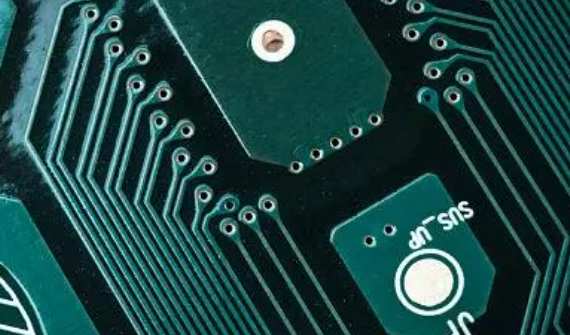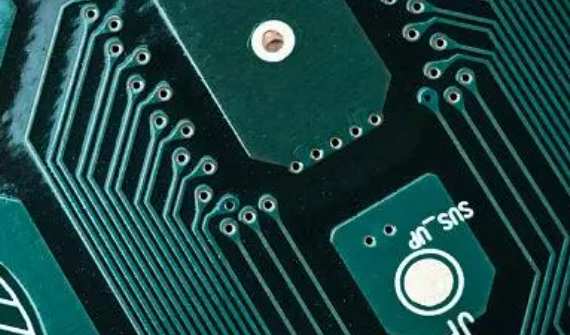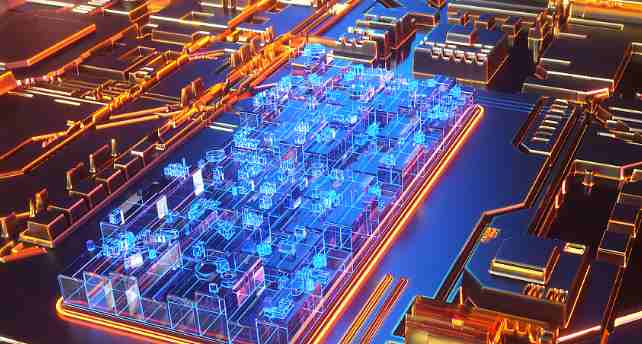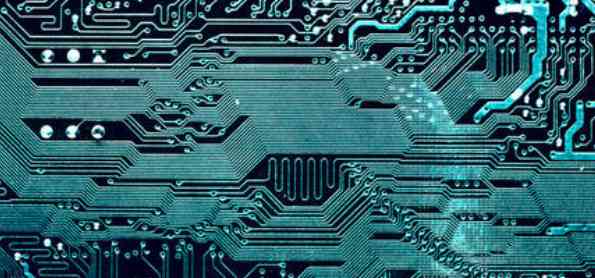
A hot topic in the technology market is that everyone in the workplace and at home is a "green practice." Going green has now become a firefighting requirement growing alongside communities in the United States and Europe, which are now moving in the direction of adding echoes to new technology releases. The main echo program is becoming a marketing strategy, especially in the renewable energy industry. The latest attempt to spark a tech business is to let the climate crisis stream down, providing a glimmer of light for tree huggers, ecologists, environmentalists and conservationists. This article highlights current market trends, how PCBS are being applied to renewable energy, upcoming technologies, and future applications to the renewable energy industry. With this, there are new and novel innovations on printed circuit boards that bring echo distortion to fashion products, especially in order to help them transform into green businesses.
Strengthening green work becomes mainstream in manufacturing PCBS used in renewable technologies in addition to PCBS used in the wind industry, solar energy, energy management systems, rain energy, power generation and agriculture industries. Eco-friendly fashion is clear, renewable is the player. To that end, PCB manufacturers in the United States are taking additional steps to offer custom complete turnkey, commission and contract manufacturing services to project and model echo friendly ideas into perfect PCB prototypes.
The use of thick copper PCBS in inverters with solar and wind storage/power generation, HDI and multilayer PCBS for energy management equipment and equipment, rigid/flexible PCBS, SMT, etc., has a wide range of applications in the renewable industry. PCB Assembly, PCB Manufacturing and prototyping The technology used in PCB production has been greatly modified in order to maintain quality and durability with zero defect mass production. These new ideas are predictably changing the way people use energy. Some of them are outlined below:

Taking advantage of recent concepts and innovative innovations in basic photovoltaic systems used for power generation, it is possible to increase operational efficiency and durability through flexible shaft solar trackers connected to 50 electronic devices. Hydroelectric power also saw a perfect combination, inspiring the invention of electricity generation. Breakthroughs have recently been found in inverters and controllers used in wind turbines and photovoltaic solar systems, where MPPT (maximum power point tracking) technology has been upgraded. Other green initiatives that have even proven successful in renewable data analytics include automated metering infrastructure (AMI), synchronous phasor technology, microgrids and more.
Renewable energy grid integrated electronic systems signal good growth in the agricultural sector, indirectly enriching F& B industry. Wireless-based systems also enable the agricultural industry to survive amid fierce competition in the market. Control systems and electronic equipment have played a vital role in the development of agriculture, forestry and horticulture.
Renewable energy desalination plants are also exploring drought and water shortages. This upgrade also makes it possible to measure the impact of climate change on water. In addition to water harvesting, solar and renewable energy sources are also influenced by innovations in the building business, one of which is visible in the control and monitoring of buildings, Building Automation Systems (BAS), also known as building management systems (BMS), which operate throughout the building in the operation of fans, safety systems, power sources, fire protection systems and lightning. Design Energy Management and Optimization systems are used to design hybrid photovoltaic systems that allow dynamic power management through operational simulation.
Creating underground reservoirs for power generation would also affect geothermal energy in the United States. . Geothermal energy is used as a heater for heat pumps in the winter and as a cooler in the summer.
Thus, with the sensitive concerns of environmental protection as the main focus, IRENA (International Renewable Energy Agency) aims to double the consumption of renewable energy by 2030. This will help new startups, manufacturing units and Oems provide cost-effective echo-friendly and smartly designed electronic solutions that will allow them to develop every other day.









